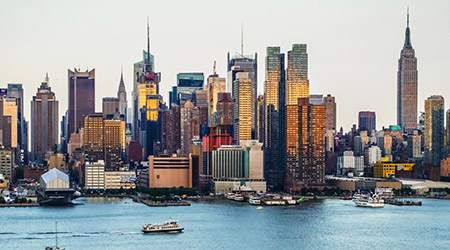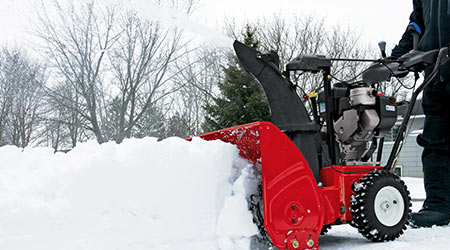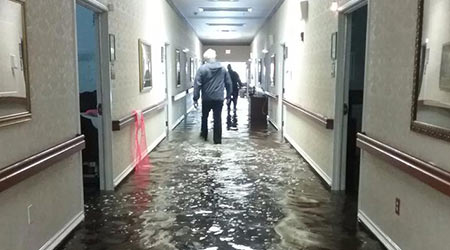
Stretch Code Aims for 20 Percent Energy Savings from Buildings
November 17, 2017
A model stretch building code targets 20 percent better efficiency than current national building energy codes. The new “20% Stretch Code,” developed by the New Buildings Institute (NBI), offers jurisdictions a set of energy-saving building strategies that cover design aspects such as envelope, mechanical, water heating, lighting, and plug loads.
The goal of adopting more stringent building codes is for jurisdictions to increase the rate at which advances in building energy performance are incorporated into the building stock to meet policy goals. Buildings in the United States account for 40 percent of carbon emissions and up to 75 percent in some cities, according to NBI.
The stretch code is designed as an “overlay” code to integrate with existing national model energy codes for residential and commercial construction, such as the International Energy Conservation Code and ASHRAE Standard 90.1. Cities and states can choose to adopt the entire stretch code or parts of it through their existing code review process. State and local governments can also make stretch code adoption voluntary, and incentivize owners and builders to follow the code.
National building codes are only updated every three years and can easily fall behind best practice when it comes to the design strategies and technology application.
Some state codes are up to three development cycles back. In addition, many cities don’t have the authority to adopt their own building codes apart from what the state mandates, and are stuck with outdated codes. The map at the Building Codes Assistance Project website shows the era of building codes for each state.
The stretch code is designed as an “overlay” code to integrate with existing national model energy codes for residential and commercial construction, such as the International Energy Conservation Code (IECC) and the American Society of Heating, Refrigerating and Air-Conditioning Engineers (ASHRAE) Standard 90.1. Cities and states can choose to adopt the entire stretch code or parts of it through their existing code review process. It generally takes legislative action, or state or local code council approval for new building codes to be adopted. State and local governments can also make stretch code adoption voluntary, and incentivize owners and builders to follow the code.
Several jurisdictions around the U.S. have already adopted similar stretch codes, reports NBI, citing New York City, NY; Santa Fe and Taos, NM; Santa Monica, CA; and the states of Vermont, Oregon, and Massachusetts.
This Quick Read was submitted by Edward Sullivan, editor of Building Operating Management magazine, edward.sullivan@tradepress.com. Click here to read more about energy efficiency on Facilitiesnet.com.
Next
Read next on FacilitiesNet












